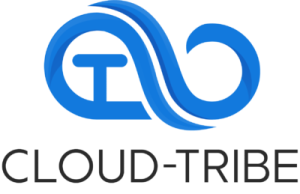certain hosting plans have resource limitations
Beyond the initial allure of cost savings, free hosting services often come with a significant caveat: resource limitations. For individuals or small businesses dipping their toes into the online world, these restrictions might not be immediately apparent. However, as your website grows in content and attracts more visitors, the inherent constraints of free hosting plans become increasingly noticeable.
Bandwidth, storage space, and server speed are frequently curtailed in these plans. While sufficient for a basic website, these limitations can hinder performance and scalability. Businesses with aspirations of expanding their online presence may find these constraints stifling, prompting a reevaluation of the true cost-effectiveness of opting for free hosting services.
ensuring your website is always accessible
Accessibility is a paramount concern for anyone with an online presence, and it’s an area where free hosting services often fall short. Shared server infrastructure, a common characteristic of many free hosting providers, can lead to increased vulnerability and heightened downtime risks.
In the competitive landscape of online business and personal branding, website accessibility is non-negotiable. Frequent downtime not only frustrates visitors but can also adversely affect search engine rankings. Search engines tend to favor reliable websites, and consistent outages may lead to a drop in rankings.

jump to a similar post
Investing in a paid hosting service ensures better uptime guarantees and dedicated resources, providing a more reliable online experience for your audience.
art of website migration: the seamless transition
For those contemplating a move from free hosting to a more robust, paid plan, mastering the art of website migration is essential. This process involves careful planning and execution to ensure a seamless experience for both website administrators and visitors.
The first step is selecting a suitable paid hosting provider that aligns with your website’s needs. Researching features, reading customer reviews, and assessing support services will help you make an informed decision. Once a new provider is chosen, the next step is to back up all website data, including files, databases, and configurations.
During migration, update domain settings to point to the new hosting provider. This may involve transferring domain registration or updating DNS records. Failing to manage this aspect effectively could result in extended downtime or even the loss of your domain.
Thoroughly test the website on the new hosting environment before making the switch official. This includes checking functionality, links, and ensuring all data has transferred successfully. Once satisfied with the testing results, update DNS records to point to the new hosting provider to complete the migration process.
In conclusion, while free hosting services might be tempting for their apparent cost savings, understanding the resource limitations and potential drawbacks is crucial. Prioritizing website accessibility and mastering the art of seamless migration empower website owners to make informed decisions that contribute to the long-term success of their online endeavors.





